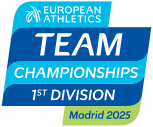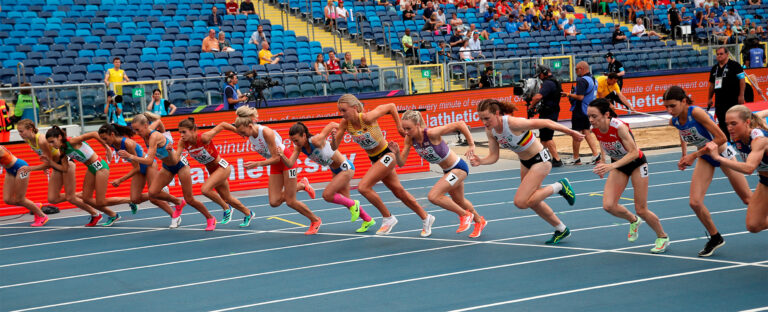A summary of 60 years of best European Team competition that will land in Madrid in 2025.
European Athletics Team Championships are, besides individual European Championships, the most important outdoor international competition in Europe. A must in track and field season schedule every odd year in which all European National Teams try to conquer the European throne.
Before reaching the present format of three divisions with 16 countries each (with the exception of Third Division, with only 15), European Team Championships had a long and successful history, with different names. It was born in 1965 as the European Nations Cup and with Bruno Zauli as main promoter. The Italian was the Chairman of the European Committee of IAAF (now World Athletics) and proposed a country competition in 1963, which was first held in summer 1965.
In that first edition male and female competitions were organized separately, each one with 18 nations grouped in three semifinals, with the two leading countries classified to the final. As on male section there were 24 nations, six of them had to be eliminated, so there were two play-offs, each one with four participants, that would qualify their winners to semifinals.
After that first edition 1967 came with the same format. Third edition was held in 1970 and fourth in 1973, in Celje, former Yugoslavia (now Slovenia), where biennial frequency was restored.
The competition got settled on the European schedule and conquered a huge magnitude among all countries, growing up and developing, always celebrating on odd years and with enormous presence of great figures of European track and field.
Until the fall of Iron Curtain the Super League was dominated by the Soviet Union and, specially, by the German Democratic Republic. In 1989 Great Britain ruled the East in the competition with an all-star team truffled with legends such as Linford Christie, John Regis, Tom McKean, Jack Burner or Colin Jackson.
No matter what, Germany and Russia continued being Superleague champions until the end of 90s, when Great Britain, France or even Poland in 2001 managed to break their dominance on male category. That was not a female competition case, as Russia won all editions from 1997 to 2008, last one with men and women segregated on different standings.
In 2009 the current competition format premiered, with men and women achieving points on the same standings, and naming evolved from European Cup to European Team Championships we use today. From the first edition in Leiria to 2015 Cheboksary tournament was held every year (excepting 2012), and after that it started to be held every two years.
From 2009 to 2019, the best twelve teams in the continent competed in the Super League, meanwhile in Silesia 2021 only eight National Teams participated. In Silesia 2023 division format changed, being First Division top category with 16 countries: this format remains for Madrid 2025.
Since competition is named European Team Championships with men and women scoring together, Russia and Germany outlawed the winning tables, sharing seven first editions (five for the germans, country with most titles). However, Poland emerged abruptly to win their local edition in Bydgoszcz 2019 and in Silesia 2021 and, in the same venue, but 2023, Italy won, current European Champion and main candidate to repeat victory in Madrid 2025.

